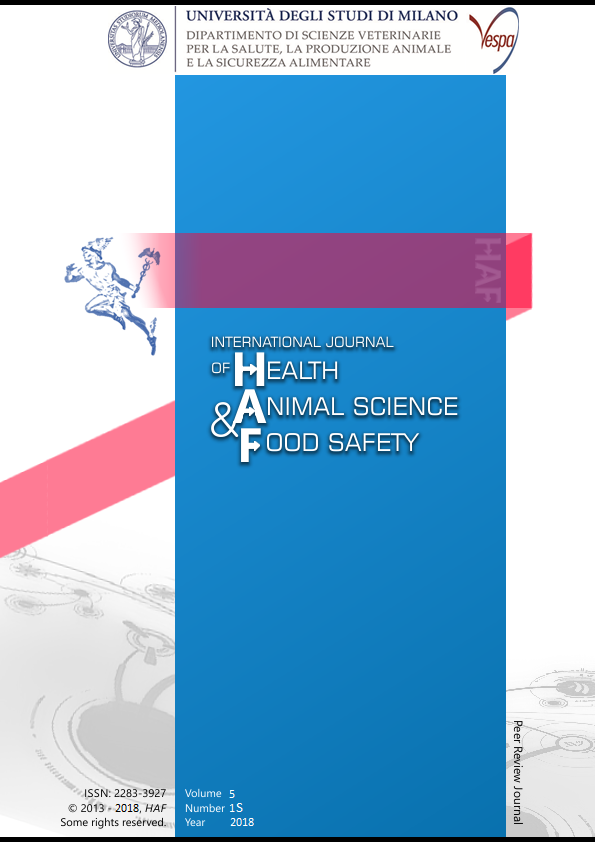Abstract
To date, knowledge about leukemias in feline patients is poor. Classification of leukemias is mostly based on morphological, immunological and genetic aspects in dogs and humans [Harvey, 2012]. However, in cat poor literature about classification of leukemias via flow cytometric (FC) immunophenotyping is available and just a few publications of case reports are present . We retrospectively selected 44 cases of leukemias from our FC service database from 2009 to 2017 with the aim to describe the major immunological features and define the prevalence of different subtypes. Blood and/or bone marrow submitted for FC analysis with a prevalent hematological presentation were selected. Cases with an evident lymph node enlargement or with clinical aspects suggesting a solid lesion (lymphoma) were excluded. Cases were classified depending on antigen expression and hematologic features in five groups: chronic lymphocytic leukemias (CLL), acute lymphoblastic leukemias (ALL), acute myelogenous leukemias (AML), acute undifferentiated leukemias (AUL) and undetermined ALL vs lymphoma stage V.
26 cases (59%) were classified as acute leukemias whereas 11 cases (25%) were classified as chronic leukemias; 7 cases (16%) were classified as undetermined. Among acute leukemias 10 (38.5%) were AML, 10 (38.5%) AUL and 6 (23%) ALL. All ALL were of T cell origin (CD3+ or CD5+). Among chronic leukemias, 10 (91%) were of T cell origin and among these, 80% expressed CD4 (T-helper lymphocytes), while 20% were double negative (CD4- CD8-).
These results confirmed that T cell leukemias are more frequent than B ones in the cat with a prevalent T-helper phenotypes as previously described. AMLs were highly represented, but the lack of an adequate panel of specific antibodies for myeloid lineage rendered a high number of AUL in our caseload. Similarly, the lack of an anti-feline CD34 antibody did not permit differential diagnosis of acute leukemia vs lymphoma with blood involvement in a remarkable percentage of cases without an evident nodal enlargement and without an extreme leukocytosis.Riferimenti bibliografici
Gelain M.E., Antoniazzi E., Bertazzolo W., Zaccolo M., Comazzi S., 2006. Chronic eosinophilic leukemia in a cat: cytochemical and immunophenotypical features. Vet Clin Path. Dec,35 (4): 454-9.
Harvey J.W., 2012. Veterinary hematology: a diagnostic guide and color atlas. Saunders, Elsevier inc.
Helfand, C.S and Kisseberth, W.C., 2010. General Features of leukemia and lymphoma. Schalm’s Veterinary hematology. Blackwell publishing Ltd. p 455-465
Sharifi H., Nassiri S.M., Esmaelli H., Khoshnega J., 2007. Eosinophilic leukemia in a cat. J Feline Med Surg. Dec,9(6): 514-7.
Shirani D., Nassiri S.M., Aldavood S.J., Sheddig H.S., Fathi E., 2011. Acute erythroid leukemia with multilineage dysplasia in a cat. Can Vet J. Apr,52(4): 389-93.
This work is licensed under a CC BY-SA 4.0 international

